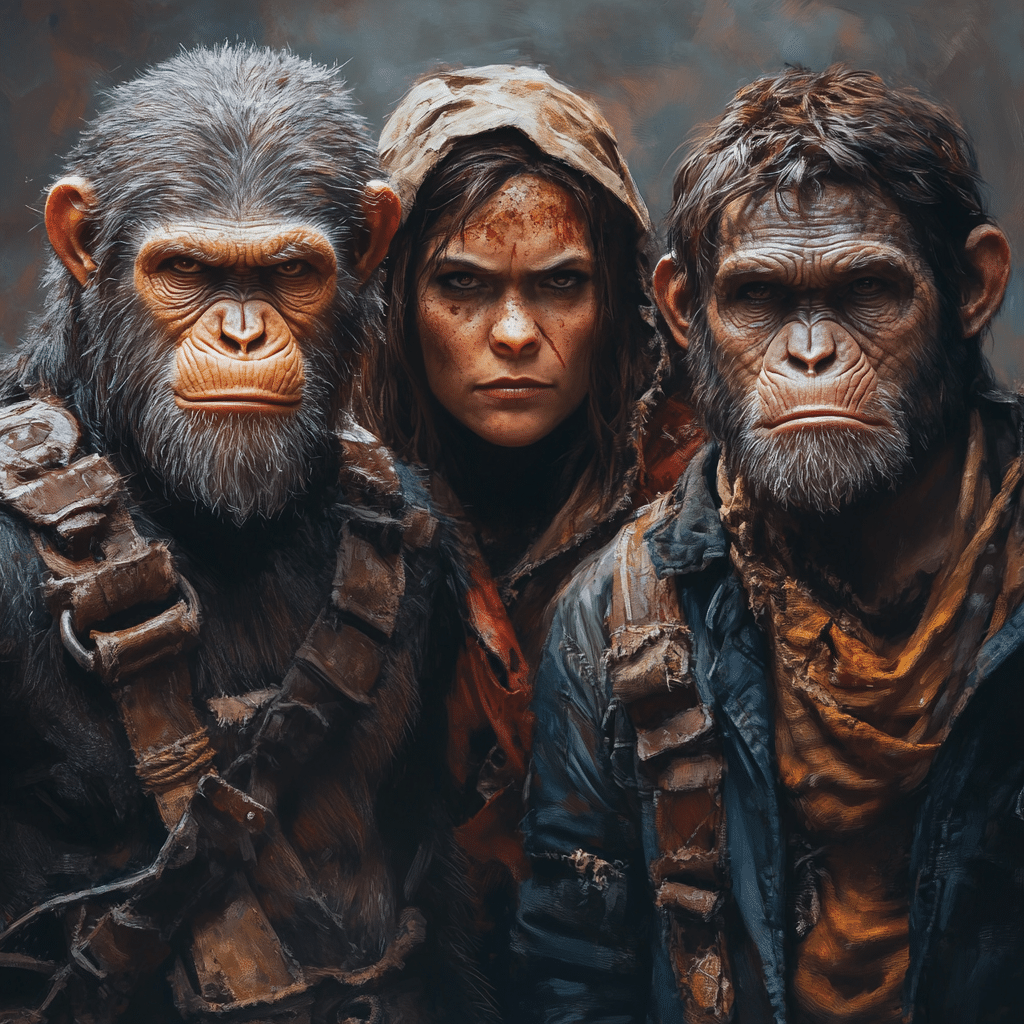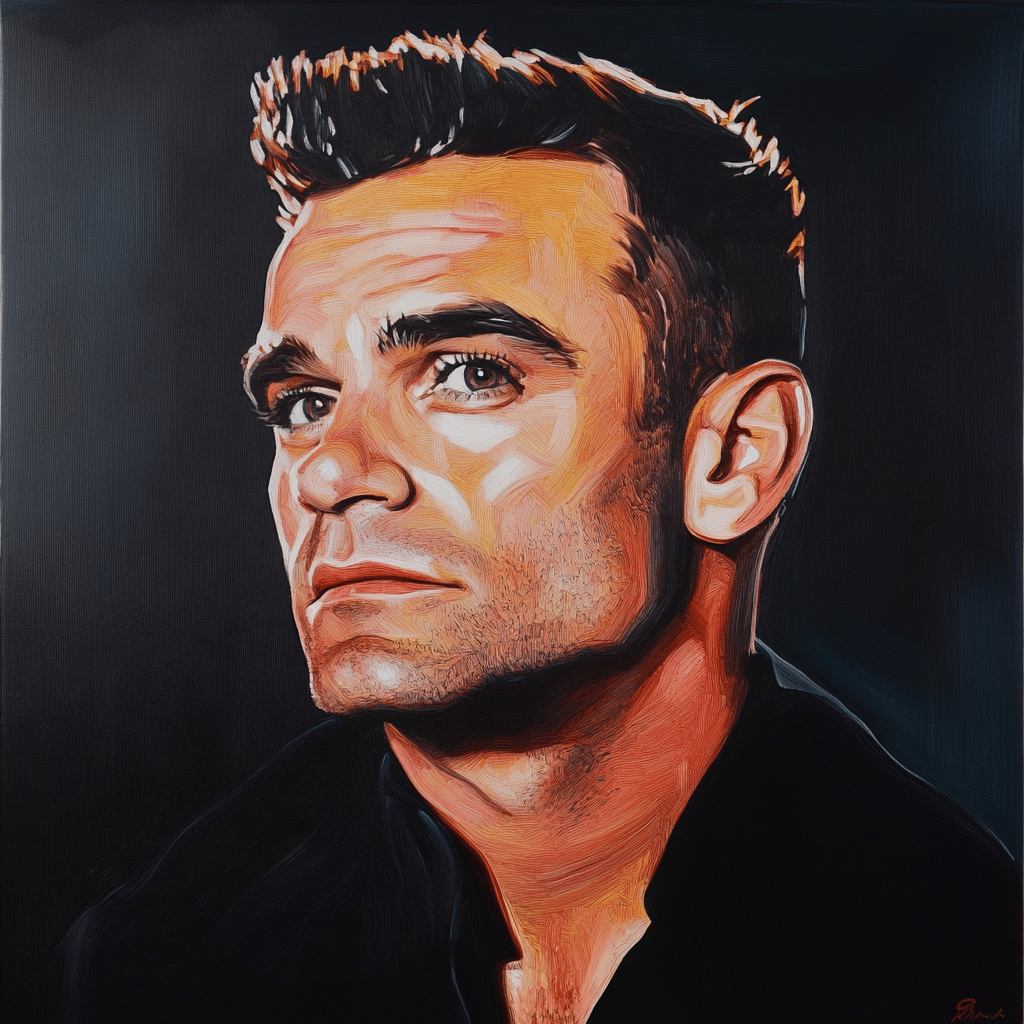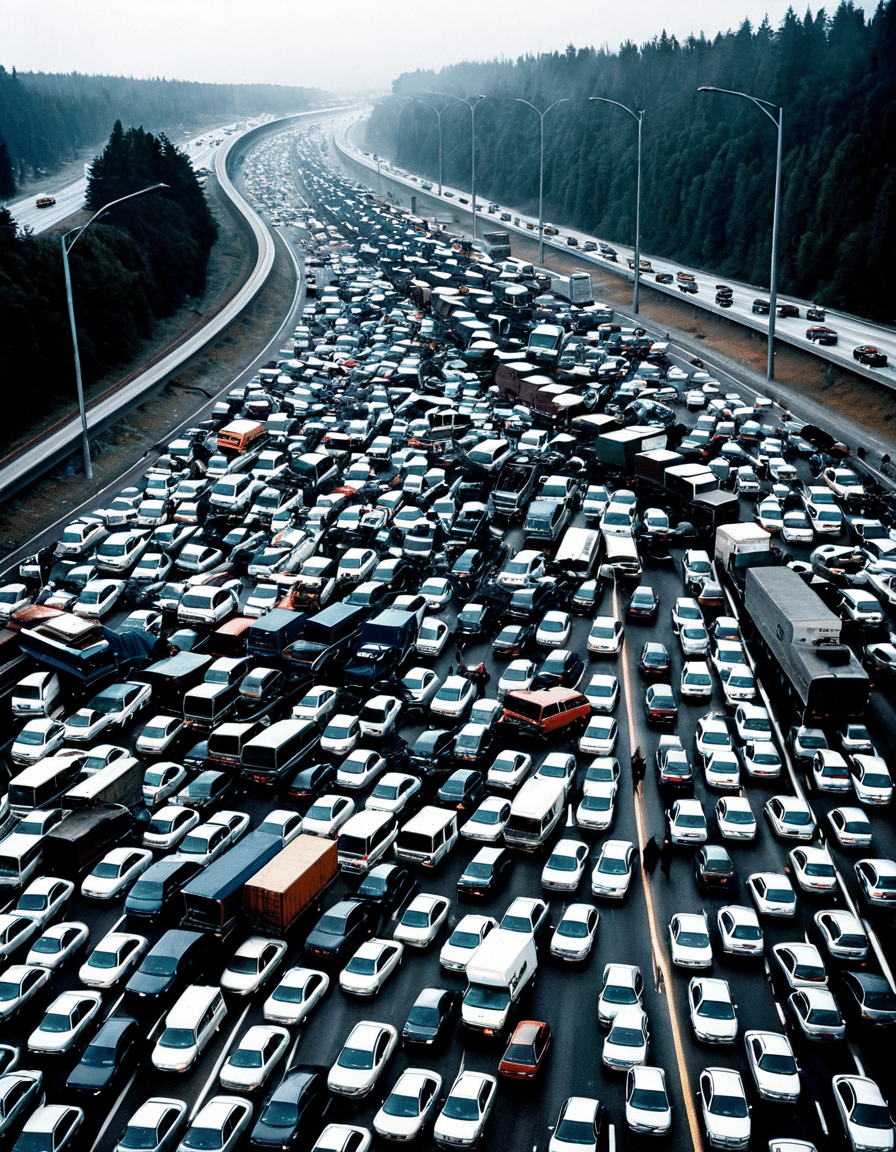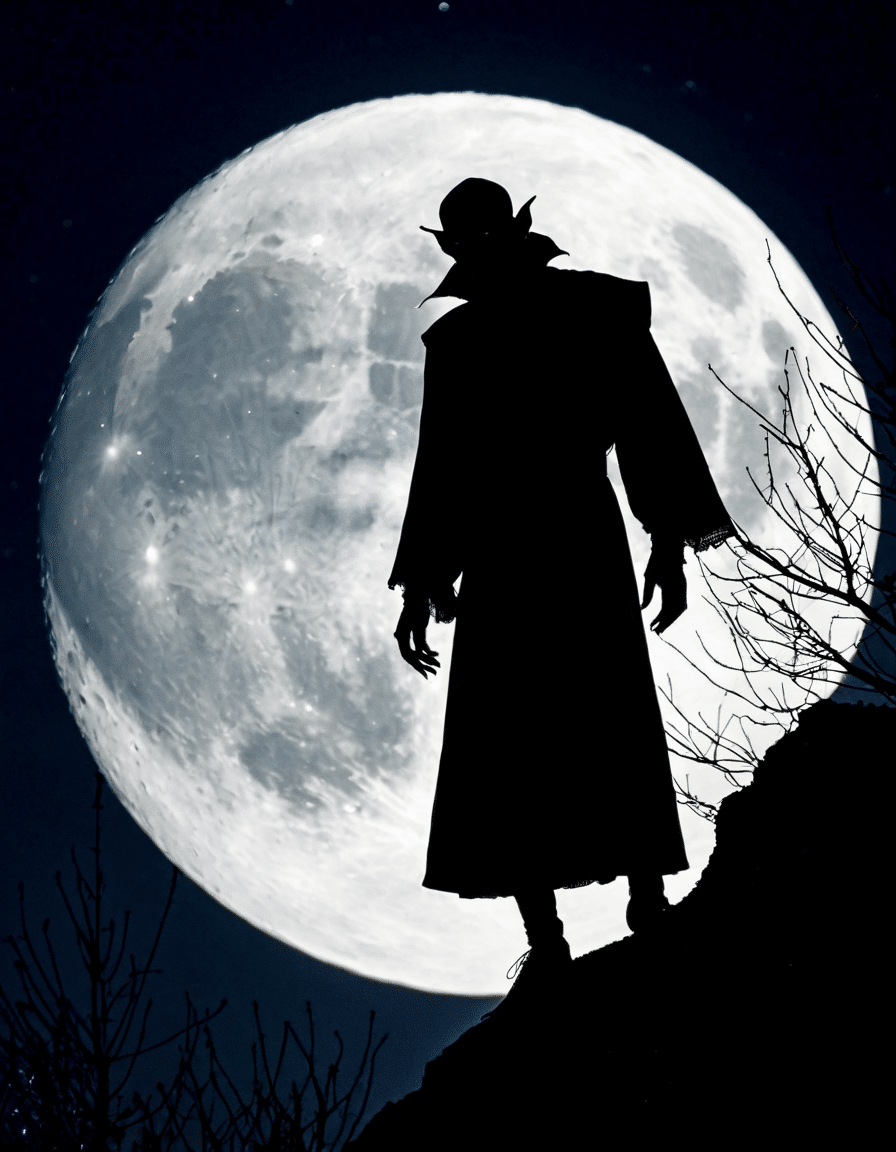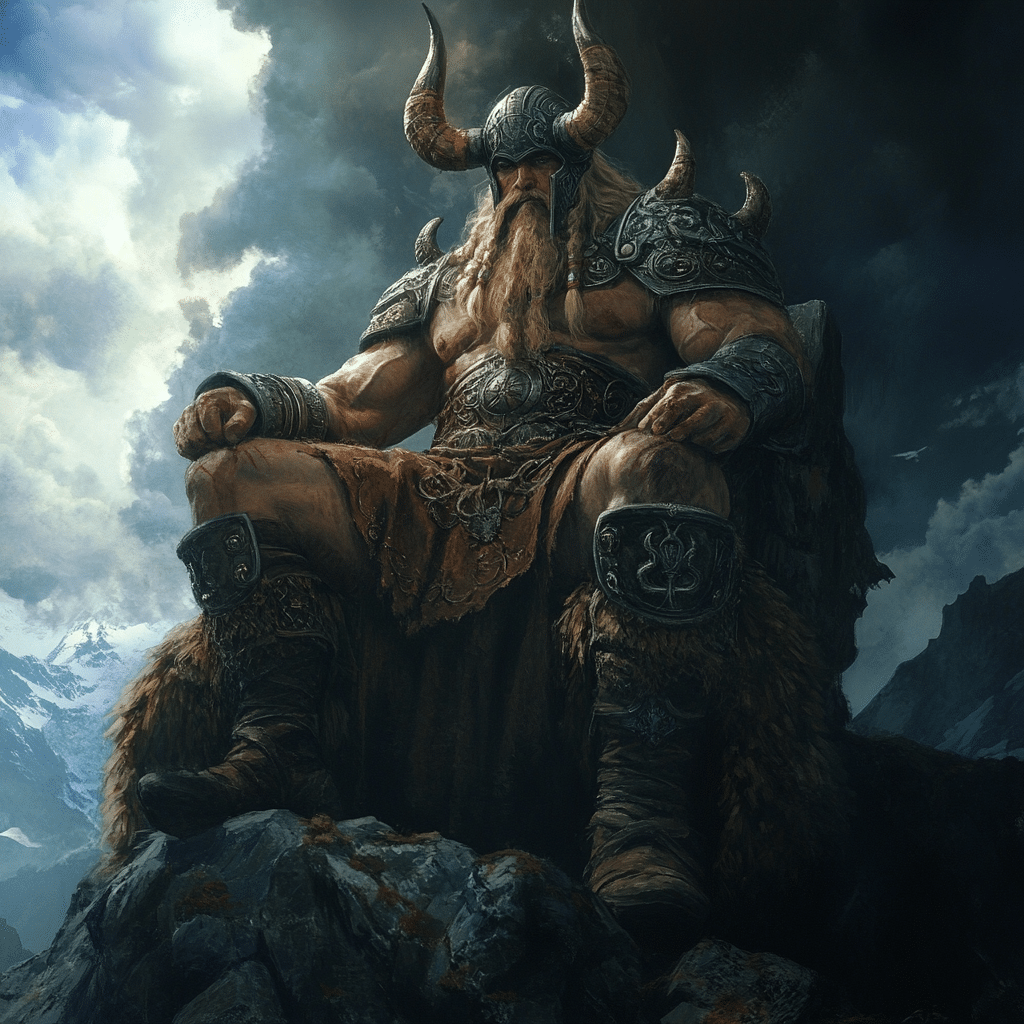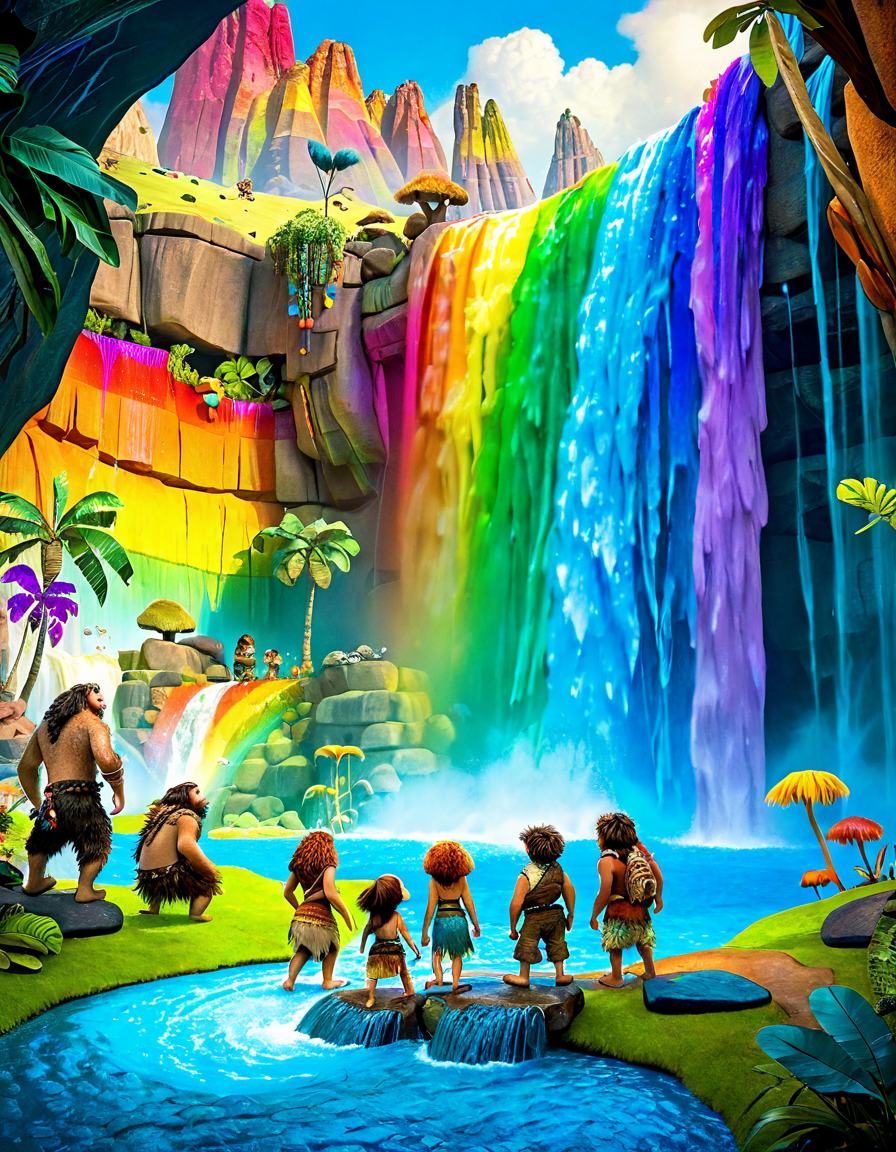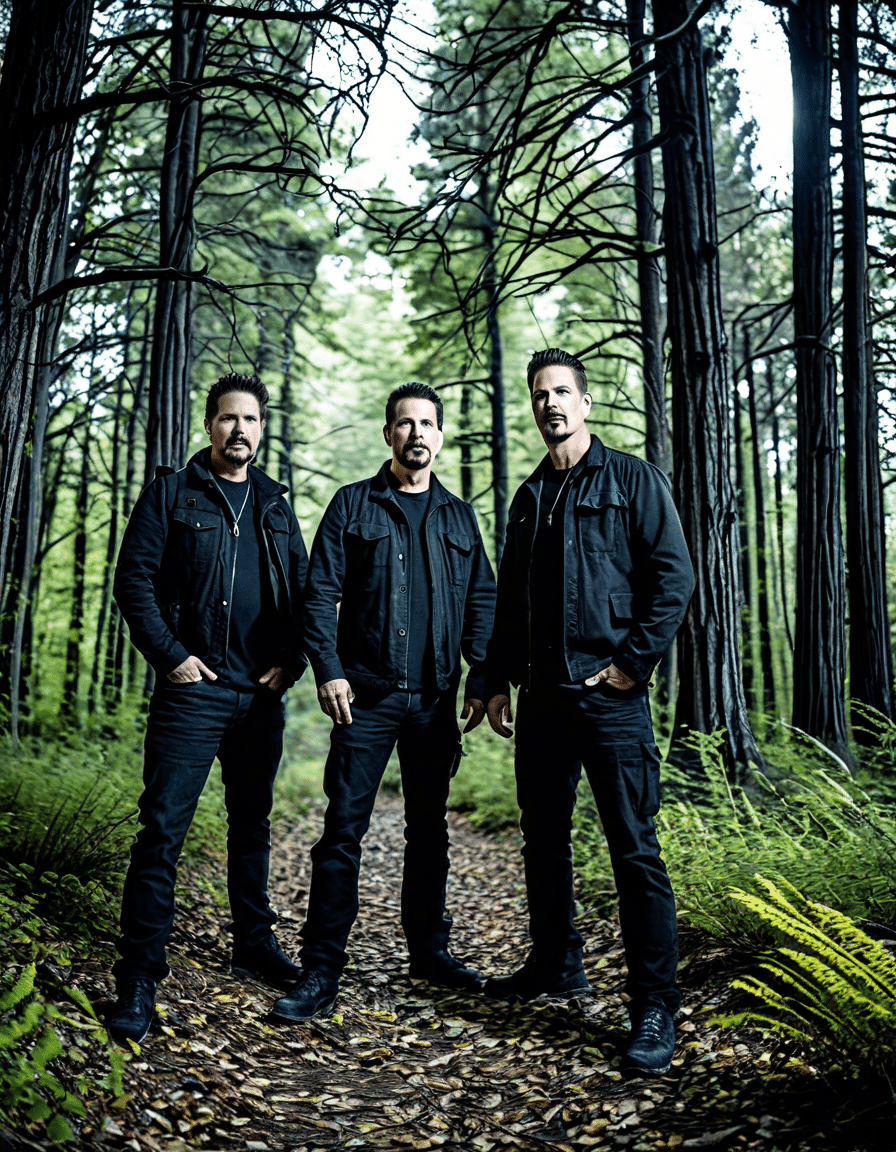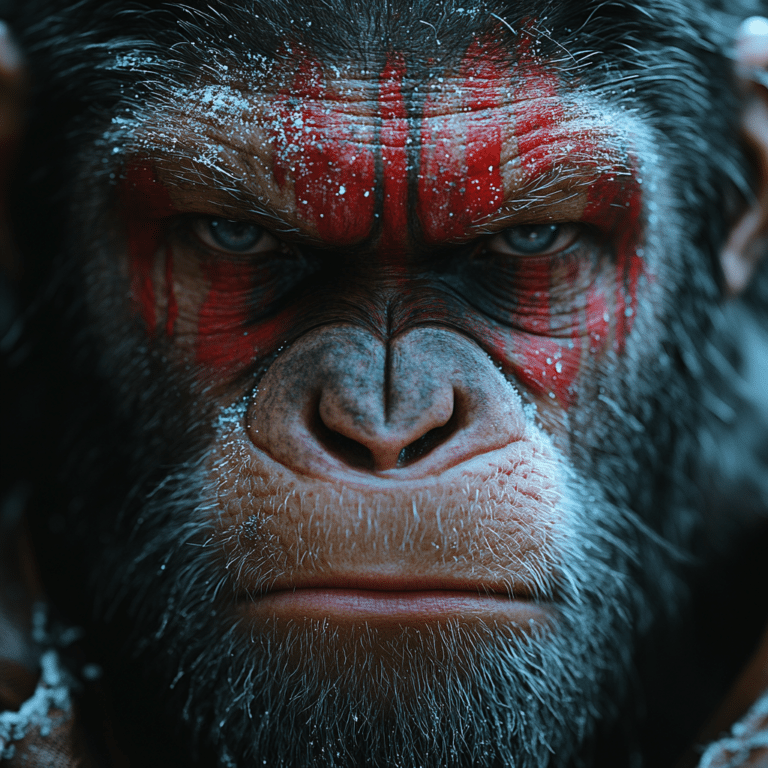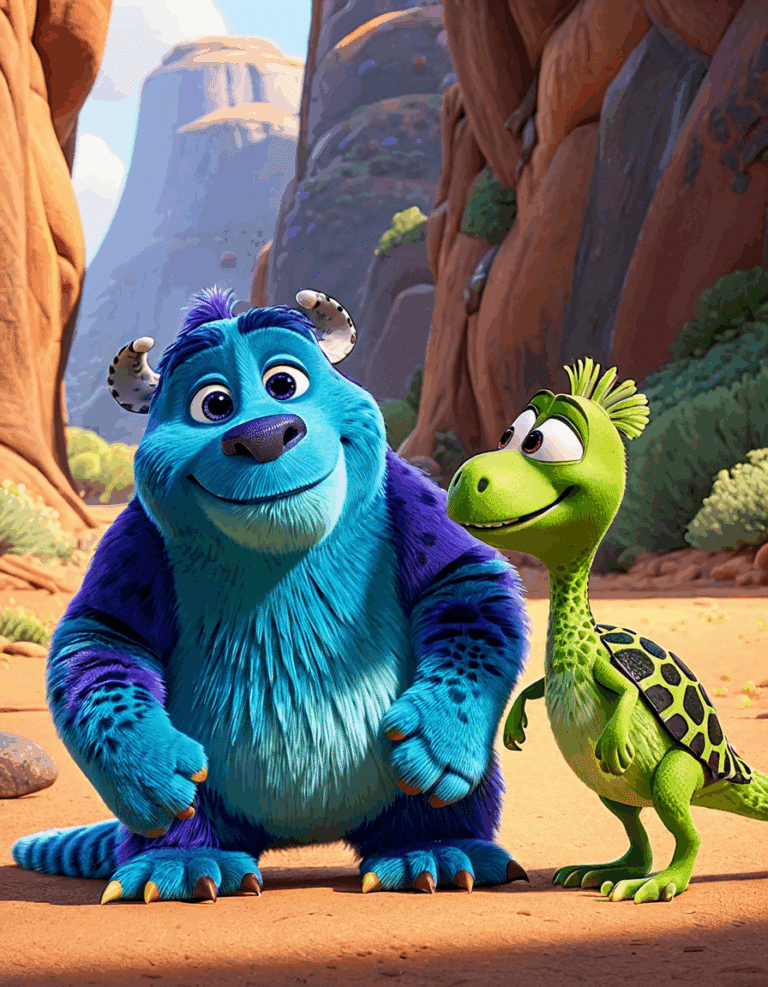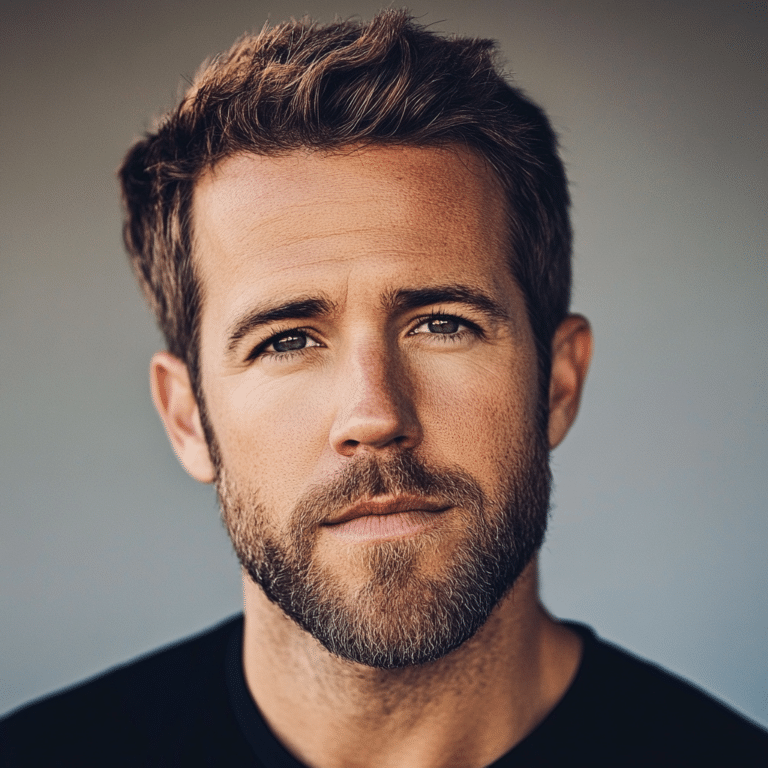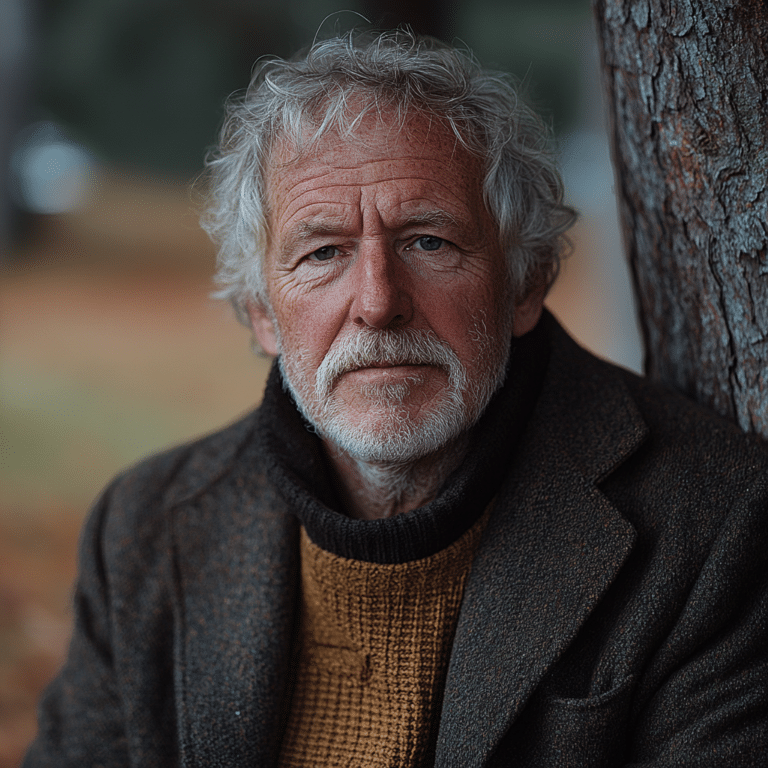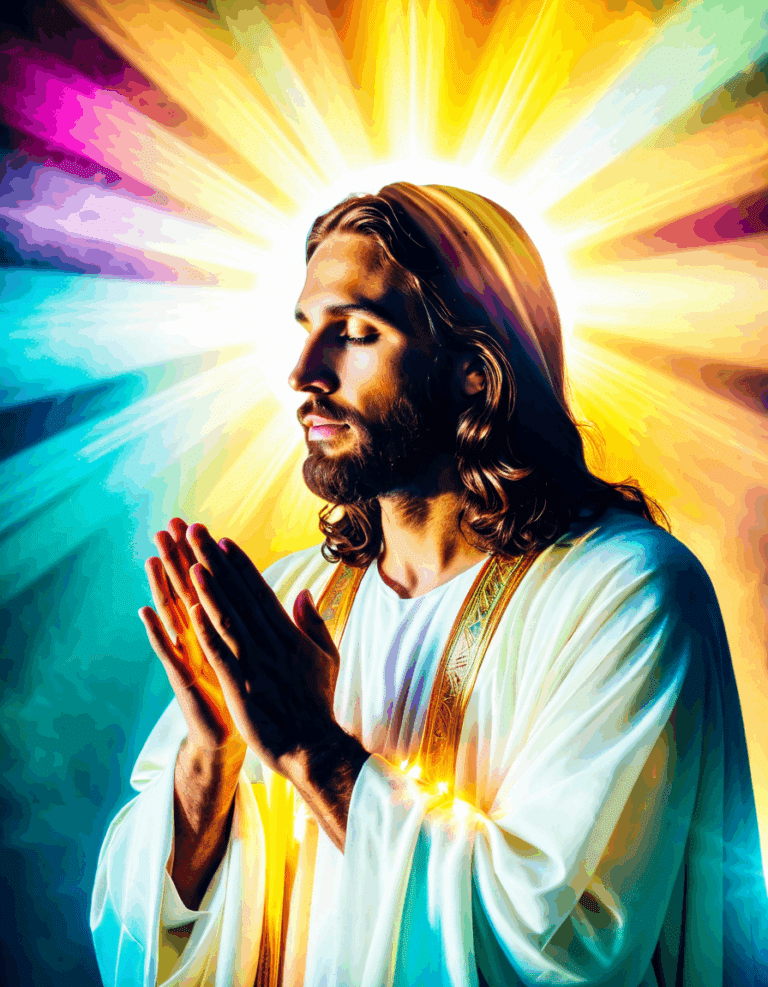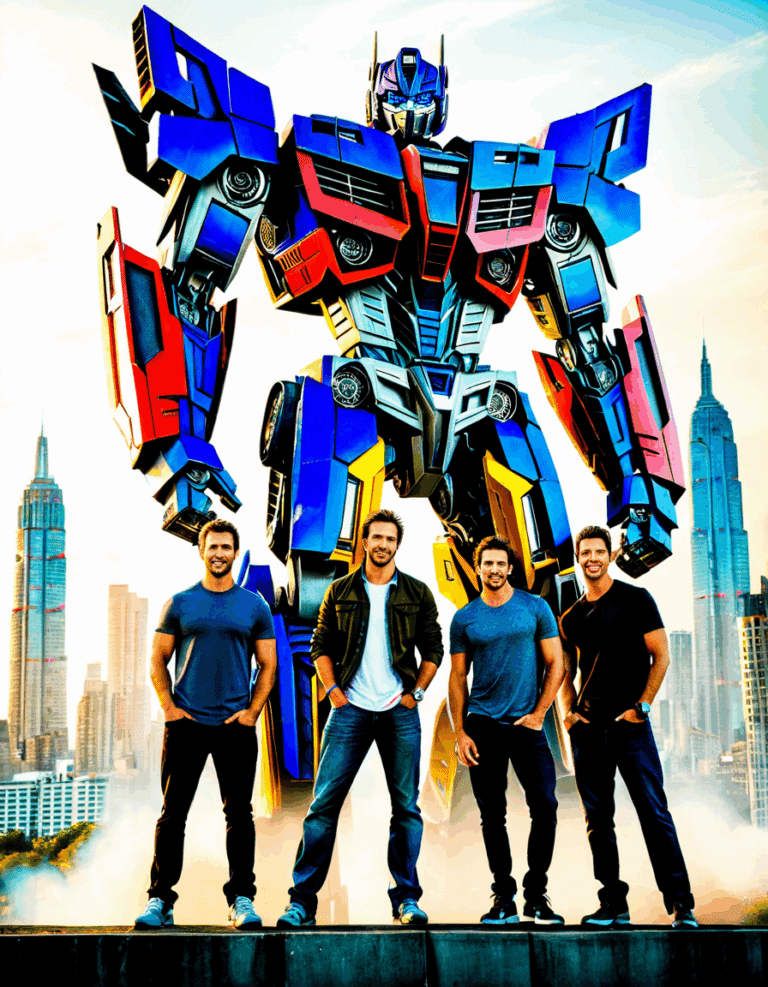The “Planet of the Apes” franchise has captivated audiences for decades, with its ambitious storytelling and groundbreaking visual effects. Released in 2014, “Dawn of the Planet of the Apes” stands as not just a high point for the series, but also as a monumental achievement in cinema history. This film jumped into the deep waters of themes like survival, conflict, and the complexity of intelligence among different species, making it a thought-provoking mirror reflecting humanity itself.
Whether you’re an ape aficionado or just someone who enjoys a well-told tale, “Dawn of the Planet of the Apes” speaks to the heart. It pushes audiences to question the ethics of our actions while sitting at the edge of their seats. Let’s take a deep dive into five essential lessons that emerged from this cinematic brilliance, showcasing why it deserves a spotlight in modern filmmaking.
![Dawn of the Planet of the Apes | Official Teaser Trailer [HD] | PLANET OF THE APES](https://www.loadeddicefilms.com/wp-content/cache/flying-press/0a8e9815d414fad64a48d6cb908e785f.jpg)
5 Essential Lessons from Dawn of the Planet of the Apes’s Cinematic Brilliance
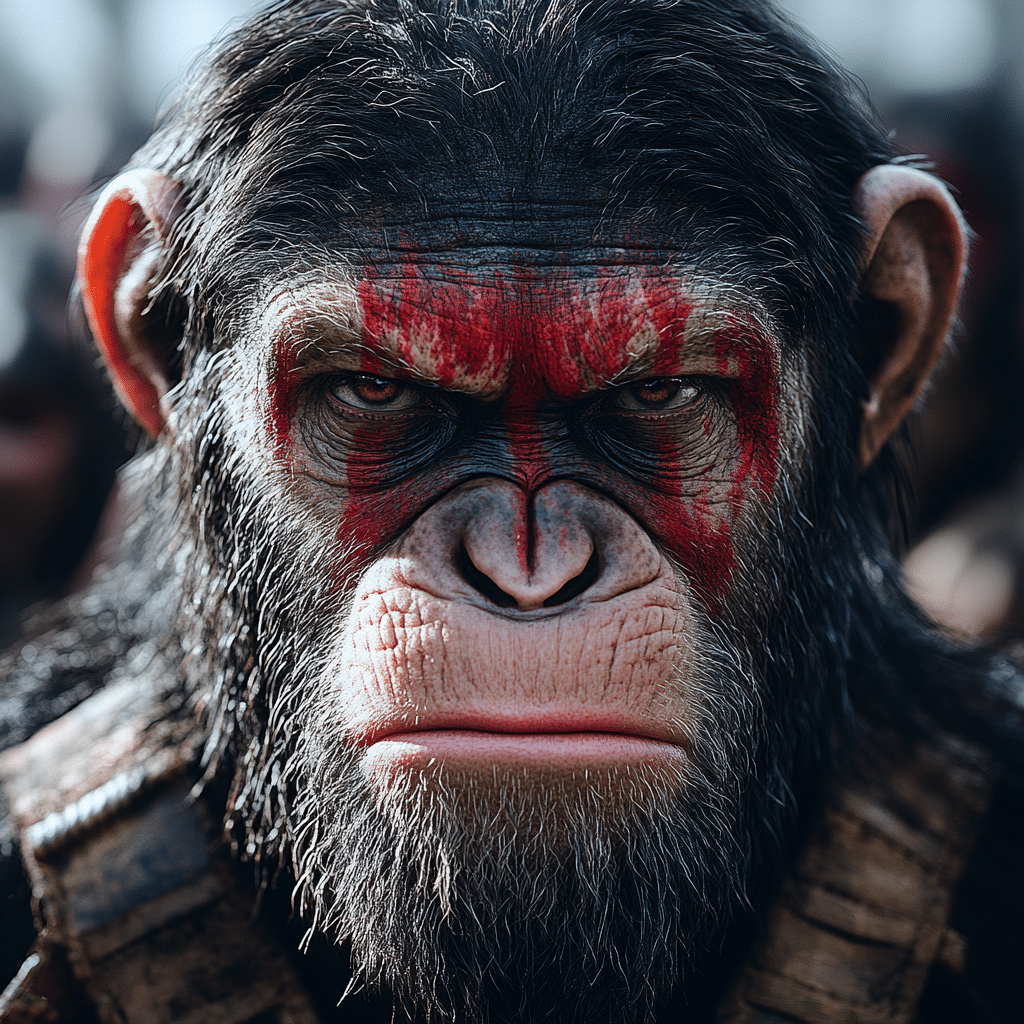
1. The Power of Motion Capture Technology
“Dawn of the Planet of the Apes” not only picked up where “Rise of the Planet of the Apes” left off but also catapulted performance capture technology into the future. Thanks to Weta Digital and the genius of Andy Serkis as Caesar, the film displayed emotional depth like we’ve never seen before. The marriage of traditional acting with cutting-edge technology set a new bar for visual storytelling, prompting knock-on effects on other big hitters like “Avatar” and Disney’s “The Lion King” (2019).

2. Storytelling through Complex Characters
Now, let’s chat about characters! In “Dawn of the Planet of the Apes,” the stories woven around the characters are as rich as a double chocolate cake. The nuanced relationships between apes and humans don’t just carry the plot; they invite us to reflect on our own lives. Just like in “Gravity,” where survival leads to unearthly connections, this film challenges our perceptions of evolution and society at large.
3. Thematic Depth and Social Commentary
“Dawn of the Planet of the Apes” dives deeper than a four-foot swimming pool at a kiddie pool party. It tackles themes of fear, power, and that unsightly cycle of conflict that many of us know all too well. The film’s take on human versus ape conflict serves as an engaging allegory for several real-world issues, from environmental destruction to class disparity—echoing the conversation around identity and colonialism stirred by films like “Black Panther.”
4. Mastering the Balance of Action and Emotion
Unlike many franchise films that seem determined to outshine each other through sheer spectacle, “Dawn of the Planet of the Apes” strikes a brilliant balance between heart-pounding action and emotional depth. That climactic battle? Not just eye candy; it taps into the fraught relationship between two sentient species, akin to “Mad Max: Fury Road,” where relentless action intertwines with themes of redemption and survival.
5. Setting up Future Narratives: Kingdom of the Planet of the Apes
With the future on the horizon, fans are buzzing with excitement about “Kingdom of the Planet of the Apes.” The movie laid the groundwork for a broader narrative landscape, leaving viewers pondering Caesar’s fate and the unfolding saga of ape society. Just as “The Lord of the Rings” trilogy intricately spun narratives that enriched Middle-earth lore, “Dawn” set the stage for an evolving world.

The Lasting Impact of Dawn of the Planet of the Apes on Modern Cinema
Both “Dawn of the Planet of the Apes” and its predecessors have delivered a powerful message to modern filmmakers: strong storytelling amplifies the effect of stunning visuals. These films challenge creators to push the technological envelope while staying rooted in narratives that resonate with viewers. As cinema evolves, the teachings of the “Planet of the Apes” franchise continue to illuminate the path forward.
The enduring influence of “Dawn of the Planet of the Apes” will surely shape the upcoming box office hits. With its groundbreaking motion capture techniques and ability to tackle complex social issues, the film stands tall as a reflection of our growth as storytellers. Simply put, it’s films like this that remind us of the enduring power of compassion, conflict, and the fight for understanding across different worlds.
So, whether you’re revisiting this classic or gearing up for “Kingdom of the Planet of the Apes,” just remember this: every roaring moment, every emotional glance, and every gripping battle echoes beyond the screen. They provide us with deep reflections on ourselves and what could be. And honestly, isn’t that what cinema is all about?
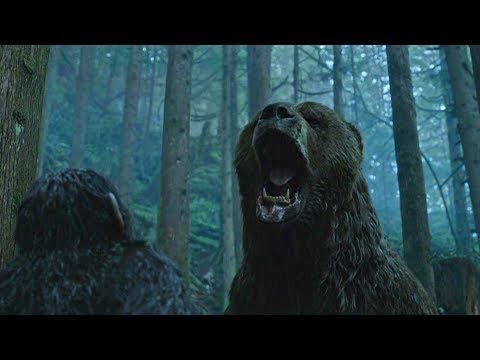
Dawn of the Planet of the Apes: Fun Trivia and Interesting Facts
A New Dawn in CGI
“Dawn of the Planet of the Apes” isn’t just a film; it’s a showcase of cinematic evolution. The groundbreaking motion capture technology used to depict the apes is a game changer in storytelling. Andy Serkis, who reprised his role as Caesar, pushed boundaries to an astonishing level, making every flicker of emotion visible in his performance. Speaking of performance, did you know that the film’s visual effects were so advanced that they reminded some fans of the immersive experience of watching a gripping sports match, much like the Argentina national football team Vs Mexico national football team timeline? The passion and intensity were palpable!
The Power of Connections
Interestingly, “Dawn of the Planet of the Apes” managed to outshine its predecessor, “Rise of the Planet of the Apes,” with a more layered narrative. It tackles themes of power, survival, and the consequences of war, echoing real-world issues. Just as we see in the complexities of the fight for acceptance and legitimacy in society—echoing the cultural impact of icons like Beyoncé—this film speaks volumes. It’s a gripping reminder that we’re all linked in our struggles, reflecting our shared humanity even in extreme situations.
A Star-Studded Cast and Crew
The film isn’t just about the apes; it features a talented cast that includes the esteemed Gary Oldman and Jason Clarke. Oldman, with an illustrious career that could rival even that of Michael Caine And his storied accomplishments, brings gravitas to the role of Dreyfus, the human leader trying to establish order. Also, can we take a moment to appreciate the film’s budget? Coming in at a hefty $170 million, it certainly placed a hefty bet on its success—making fans wonder about the future financial plans of actors, including those like 50 Cent, who are known for their savvy investments.
In “Dawn of the Planet of the Apes,” every moment counts from thrilling action sequences to poignant character development, and the film proves how compelling stories can be told through the lens of both humans and apes. So, sit back and watch as it reflects on our society, skillfully entwined with elements that echo profound ideas, much like a vibrant, engaging episode of a beloved Saturday night show, or “Sábado.”
